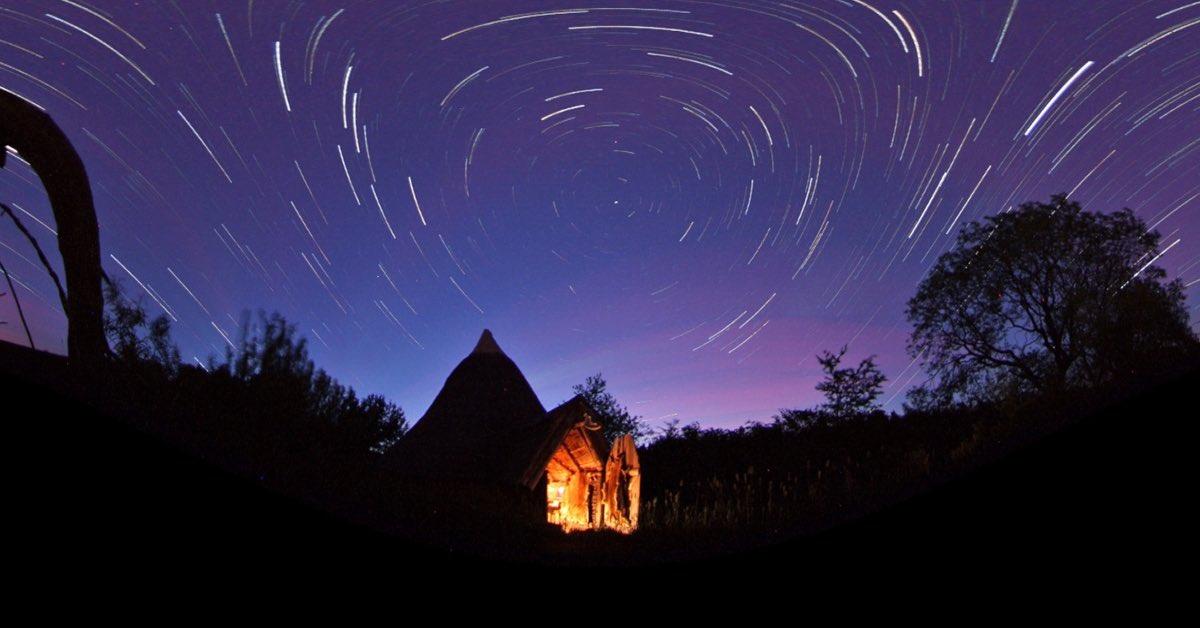Subscribe to trusted local news
In a time of both misinformation and too much information, quality journalism is more crucial than ever. By subscribing, you can help us get the story right.
- Subscription costs less than £1 a week with an annual plan.
Already a subscriber? Log in here.
23
Jan 2023
Harrogate council looks to protect ‘darkest skies in the country’ from light pollution

Harrogate Borough Council wants to introduce stricter light pollution rules to ensure Nidderdale Area of Outstanding Natural Beauty remains home to some of the darkest skies in the country.
Astronomers commissioned by Nidderdale AONB in spring last year found the night skies in the north west of the area, including Upper Nidderdale and moorland near Masham, are some of the least affected by light pollution in England.
Countryside charity CPRE says clear dark skies reduce stress and increase a sense of peace. But in the wildlife-rich Nidderdale AONB, artificial light can also disturb how animals perceive the transition between day and night.
This disrupts their sleep and results in reduced foraging or hunting periods for nocturnal species such as bats.
Light pollution can even affect plants whose flowering is linked to day length.
To help combat the problem, the authority has drawn up a Nidderdale AONB-specific supplementary planning document for its Harrogate district Local Plan 2014-35, which outlines where development can occur.
If approved by Conservative cabinet member for planning Tim Myatt today, the document will go out for public consultation.
Read more:
- Yorkshire Dales joins international dark sky list
- People in Harrogate district urged to count stars to assess light pollution
It says light pollution from farm and commercial buildings is “the most obvious source” of light pollution in the darkest zone of the AONB.
It adds that all new outside lights in this zone should comply with the latest design standards and be fully shielded and include a lighting plan prepared by a lighting professional.
All external lighting should be fitted with a system to ensure lights are automatically switched off when they are not needed.
All external lights should be also positioned so that the light shines downwards.
The document recommends that external lights in the darkest zone, which includes Upper Nidderdale, should only have 500 lumens, which is a measurement of visible light to the human eye.
A council report that accompanies the document says:
0